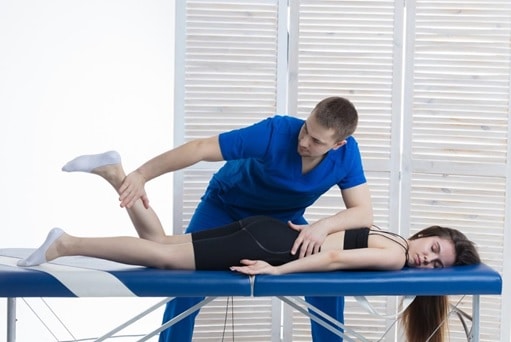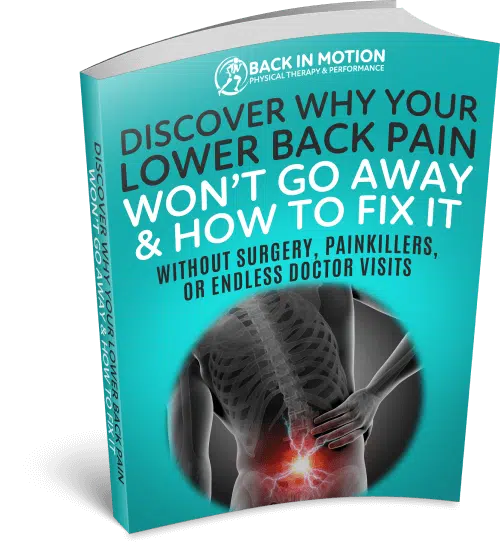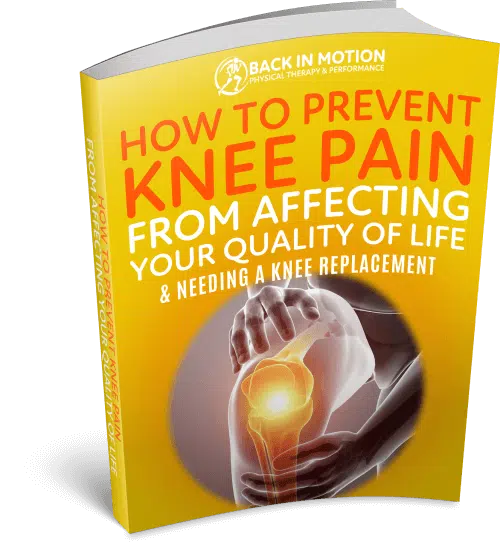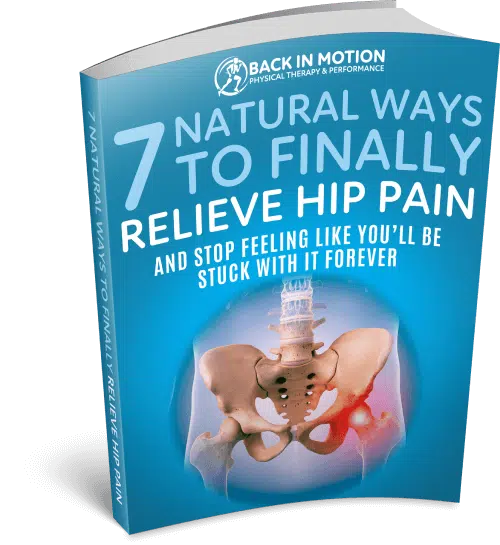Common Sports Injuries: Hamstring Strain
Demystifying Hamstring Strains: Causes, Severity, and Effective Treatment
Picture this: you’re in the midst of a sprint, pushing yourself to the limit, when suddenly, an excruciating pain grips your hamstring. Your sprint turns into a limp, and you find yourself dealing with the dreaded hamstring strain. This is a common injury, especially among athletes who engage in sports demanding abrupt stops and starts. Hamstring strains can vary in severity from Level 1 (mild) to Level 3 (severe). Even a mild strain calls for a minimum of three weeks of rest and ice for recovery. Neglecting the importance of massage, stretching, and strengthening exercises during the recovery phase significantly increases the risk of reinjury.
If you suspect you’ve suffered a hamstring strain, it’s vital to understand the symptoms, the different severity levels, and a comprehensive treatment plan that will facilitate your return to sports. Read on to equip yourself with valuable insights.
Identifying Symptoms of a Hamstring Strain
Hamstring strains often occur suddenly, typically at the onset or conclusion of a sprint or any activity that places stress on the hamstring. Common symptoms include:
-
Sudden Pain: The strain usually presents with sudden, intense pain that might be accompanied by a noticeable “popping” sound.
-
Loss of Stability: Athletes often experience a loss of stability after a hamstring strain, leading to a distinct limp.
-
Aggravating Pain: Pain in the hamstring tends to worsen when walking, attempting to straighten the leg, or bending over.
-
Swelling and Bruising: The injured area may exhibit signs of swelling and bruising.
-
Tenderness: The affected area becomes tender and sensitive to the touch.
Levels of Severity
The extent of rest required to heal a hamstring strain depends on its severity, which is classified into three levels:
-
Level 1: Mild Strain
A mild strain refers to a hamstring that was overstretched but did not incur tears in the muscle fibers. Symptoms typically include:
- Tenderness or tightness in the hamstring without a significant impact on mobility.
- Discomfort exacerbated by specific hamstring stretches.
- Pain can occur during activities such as sitting, walking uphill, or climbing stairs.
- Mild swelling.
- Inability to run at full speed due to tightness and discomfort in the hamstring.
-
Level 2: Moderate Strain
A moderate strain is characterized by a partial tear in the muscle that significantly effects movement. Symptoms typically include:- A partial tear in the muscle, resulting in a notable reduction in hamstring strength and flexibility.
- Limping and sharp pain with movements, including walking.
- Pain worsens when bending or straightening the knee.
- Tenderness, with or without movement.
- Mild swelling.
- Bruising may appear several days after the injury.
-
Level 3: Severe Strain
A severe strain involves severe or complete tear in the muscle. This type of strain requires immediate care from a healthcare professional to heal properly. Symptoms typically include:- Sharp pain at the site of injury.
- Swelling, which begins within 24 hours of injury.
- Bruising appearing days after the injury.
- Pain while walking, possibly making it impossible without assistance.
- May require surgery and significant medical care, especially if not treated promptly.
While Level 1 strains can often heal with proper home treatment, Level 2 and Level 3 strains warrant professional medical attention to prevent complications and costly medical expenses.
Comprehensive Treatment for Hamstring Strains

The treatment of hamstring strains comprises two phases:
Phase 1 is the immediate care phase, where treatment will focus primarily on reducing swelling and resting the injury so that it does not worsen. Phase 2 will include specific stretching and strengthening exercises to repair the muscle tissue and prevent reinjury upon return to sport.
Phase 1: Immediate Care
In this phase, the focus is on reducing swelling and preventing the injury from worsening. Over a 72-hour period, the R.I.C.E and NO HARM protocols should be followed:
R.I.C.E Protocol:
This protocol stands for “Rest,” “Ice,” “Compression,” and “Elevation.”
- Rest: Avoid any activities that may aggravate the injury, including walking and running.
- Ice: Apply a cold pack to the hamstring while awake at least once per hour during the first 72 hours to minimize swelling.
- Compression: When not resting, icing, or elevating the hamstring, use compression methods, such as a compression sleeve or sports wrap, to further reduce swelling.
- Elevation: Keep the injured leg elevated, particularly while icing, to aid in reducing swelling by promoting fluid drainage from the injured area.
NO HARM Protocol:
No HARM stands for “No Heat, Alcohol, Running, or Massage” within 72 hours of the strain. After 72 hours, you may add some of these back in (based on how the hamstring feels) except for running.
- Avoid activities that could irritate the hamstring or exacerbate inflammation for the first 72 hours after the injury.
- No Heat: Refrain from applying heat.
- No Alcohol: Avoid consuming alcohol.
- No Running: Do not engage in running or any strenuous physical activities that could aggravate the hamstring for at least three weeks.
A common mistake among athletes is to stretch, massage, or try strengthening exercises for the hamstring within 72 hours of the strain. These activities can help in phase 2 but will exacerbate the injury in phase 1.
Phase 2: Treatment Plan for Strengthening and Healing
Following appropriate immediate care in Phase 1, the focus shifts to gradual restoration in Phase 2, aiming to facilitate a safe return to sports without the risk of reinjury. It’s crucial to start slowly and increase the intensity and duration of exercises and activities only if they do not provoke discomfort in the hamstring.
Strengthening Exercises: Specific hamstring strengthening exercises, such as eccentric hamstring curls on a medicine ball, help rebuild weakened muscle tissue. The Nordic Hamstring Curl is an excellent exercise in this regard.
Stretching: Gentle hamstring stretching with adequately warmed muscles promotes flexibility and enhances range of motion. Avoid aggressive or rapid stretching movements like leg swings.
Massage: Massaging the injury helps alleviate tight muscle tissue, improves blood flow, and accelerates the healing process. Self-massage using a tennis ball can be beneficial. For more effective treatment, consider consulting a physical therapist skilled in manual techniques like Active Release Technique or Myofascial Release.
Aerobic Activities: After the initial 72-hour rest period, engage in low-impact aerobic activities that do not strain the hamstring, such as swimming, stationary cycling, or working out on an elliptical machine. Maintain a gradual progression in duration and intensity.
Seeking guidance from a sports physical therapist can be invaluable in Phase 2. They can prescribe the most effective exercises and treatments, and often provide specialized massages and manual therapy, targeting trigger points more effectively than self-massage.
Want to Get Back in the Game, ASAP? We Can Help!
Navigating home treatment for hamstring strains can be challenging. Determining the cause of the injury, identifying the most beneficial exercises, and safely resuming sports activities can be complicated. Fortunately, the team of Sports Injury Specialists at Back In Motion Physical Therapy & Performance in Fort Myers, FL, can make the process easier.
Our experts will diagnose the root cause of your injury and design a proven treatment plan, incorporating massages and manual therapy. This approach will help you regain the strength and health of your hamstrings and get you back into the game swiftly and confidently.
Ready to take action? Call our office at 866-946-9539 to schedule your appointment today. We provide Physical Therapy in Fort Myers, Florida, and Physical Therapy in Cape Coral, FL.









